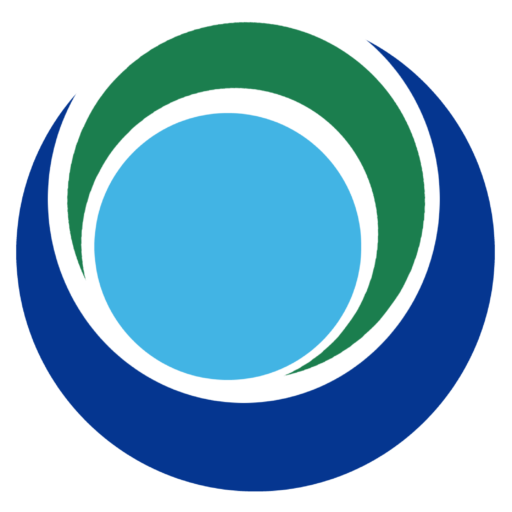Aquaculture feed: Europe bucking the trend, Asia and the Americas slowing down – Aquaculture feed production 2024 recorded a slight decline of 1.1% globally, the recent Alltech Agri-Food Outlook 2025 reported. This figure confirms the downward trend already observed in 2023 and highlights the growing disparities between geographic areas, farmed species and market conditions.
For professional operators in the seafood sector – from buyers to processors, from institutional stakeholders to breeding companies – the global picture calls for strategic reflections: while Europe consolidates a slow but steady growth, other macro-areas such as Asia-Pacific and North America are lagging behind.
Europe: sustainable drive and consolidation
In the 2024 landscape, Europe stands out with a 2.1% increase in aquaculture feed production. This result confirms a positive trend that started five years ago, attributed to three main factors
- adaptations to environmental sustainability policies
- technological advances in specialised feeds
- favourable market dynamics, with high prices especially for Atlantic salmon, sea bass and sea bream
The focus on nutritional quality, traceability and alternative formulations to traditional fishmeal has contributed to making the European supply more resilient and attractive, both in domestic markets and in exports.
Asia-Pacific and the Americas: contraction and operational difficulties
Despite still being the world’s largest producer, Asia-Pacific suffered a 1.7% decline. Environmental pressure, recurring epidemics and the need to contain costs have reduced demand for specialised feeds, pushing towards lower-performance solutions.
The situation is even more critical in North America, where production fell by 3.7%. The difficulties are attributed to diseases in salmon farms, overproduction of shrimp and economic instability. The case of the bankruptcy of the largest US shrimp producer in early 2025 is emblematic of a supply chain under severe stress.
Latin America also experienced a 2.3% drop, caused by new tax regulations and the decline in the use of shrimp feed in Ecuador. However, countries such as Chile and Peru are showing positive signs due to favourable environmental conditions and production incentives.
Africa and Oceania: small volumes, big potential
The African continent confirmed its expansion phase, with +9.1% driven by a progressive shift from artisanal to commercial feed. However, volumes still remain marginal at global level.
Oceania shows the highest relative growth, +9.3%, thanks to the opening of new plants and the diversification of the species farmed. Government support and geographical proximity to Asia represent a potentially expanding competitive advantage.
The Alltech report highlights a fundamental truth: aquaculture feed production 2024 does not follow a single trajectory. Differences between regions, farmed species and industry approaches generate a complex mosaic, which requires analytical skills, rapid adaptation and strategic vision.
For companies operating in the sector, monitoring these signals is not only useful, but necessary to anticipate trends, optimise supplies and strengthen the resilience of their supply chain.
Aquaculture feed: Europe bucking the trend, Asia and the Americas slowing down








